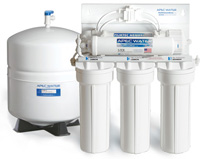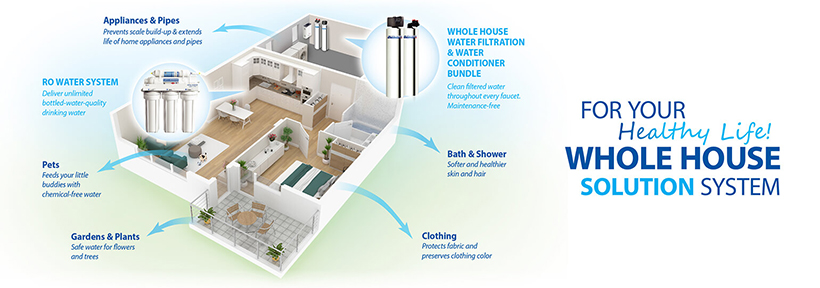
- Allergies and Air Pollution's Effect on Health
- Asthma & How it is affected by Air Pollution
- Air Pollution & Cancer
- Air Pollution's Harmful Effects on the Elderly
- More about HEPA and Carbon activated Filters
- Different types of air filters
- Mold Spores and Indoor Air Quality
- UV Air Purifier Guide
- What causes bad indoor air quality?
- How do Air Purifiers Work?
- Air Pollution May Cause Respiratory Infections
- Air Pollution in the workplace
- Pet Dander's Effect on Air Quality and Asthma
- Air Pollution & Sleep Apnea
- Top 5 Reasons Why you should purify Air
- What you need to know about indoor air
- How Pets cause allergies
- Tips on Choosing the Right Air Purifier
- Multiple Chemical Sensitivity
- What are Dust Mites?
- The History of Air Purifiers
- Air Pollution Problems of the new home
- 5 Ways to Reduce Your Pollen Allergies
- Sinusitis Causes and treatments
- What is HEPA filtration?
- Air purifiers and Wood Smoke
- Home Air purifiers and Cigarette Smoke
- Volatile Organic Compounds (VOCs)
- Formaldehyde Air Pollution
- Is your air purifier ozone free?
Reverse Osmosis Vs. Whole House Water Filter
TweetWhat are the differences between Reverse Osmosis Systems and Whole House Water Filters? Reverse osmosis is a POU (point of use) system installed under the kitchen sink to treat water for drinking and cooking purposes. A whole house filter is a POE (point of entry) system installed at the main water line to treat water for the entire home. Whole house filters allow a much higher flow rate and is designed to treat water for general usages such as cleaning, bathing, and laundry applications. Whole house systems treat contaminants with filtration micron sizes ranging from 10-30 microns. Due to the larger micron size, it allows water to be quickly filtered from the main water line, throughout the entire home, and into every faucet.
The water we consume for drinking and cooking should be filtered more carefully to guarantee contaminant-free drinking water. Whole house systems work in general to filter more specific contaminants from the entire home while Reverse Osmosis specializes in removing a broad range of contaminants for drinking. Let us discuss in further detail the main differences between both types of filtration.
| Reverse Osmosis | Whole House Water Filter | |
| Application | POU (Point of use) | POE (Point of entry) |
| Filtration Size | 0.0001 micron | 10 – 30 micron |
| Use for | Drinking or Cooking | Bathroom, Shower, Cleaning and Gardening |
| Avg Flow Rate | 45 Gallons Per Day | 10 Gallons Per Minute |
The Most Efficient Drinking Water Filters

Reverse osmosis is the most convenient and effective method of water filtration. It is the same filtration used for bottled water and was first designed to desalinate seawater. The filter size of the RO membrane is rated at 0.0001-micron size. To put the size into scale, human hair is 80-90 microns; bacteria and viruses are 0.4-1 micron and 0.02-0.4 micron respectively. Water is pushed through the membrane and anything larger than that size is not allowed to pass through. This filters up to 99% of all contaminants that are in the water including nitrate, arsenic, chromium, fluoride, radon, and other contaminants that whole house filters cannot remove. This leaves us with the purest quality water possible, straight from our faucet!
Some people may think, well I thought my city’s tap water was safe to drink?
This may have been more accurate years back when we had fewer chemicals added to our water such as chlorine, chloramines, or fluoride. Currently, the most popular method of filtering water for the city is by adding chemicals into the water to kill waterborne diseases. Yes, this method is actually effective in killing bacteria and viruses but it also poses a set of other health concerns. Chemicals in our water such as chlorine or chloramines create toxic byproducts with the natural elements that are in the water, posing a handful of health risks. Whole house systems are capable of treating chlorine and chloramines but are not capable of removing specific contaminants such as nitrate, arsenic, chromium, and many more.
Reverse Osmosis systems are placed underneath the sink and store purified water to be readily available at all times. It uses a designated drinking water faucet to deliver high-quality purified water. RO systems are low-maintenance systems that only require annual filter changes and are designed to provide purified water for a lifetime. It is not practical to be using reverse osmosis water throughout the entire home because it would essentially be flushing down bottled quality water. This is where a whole house filtration system can be used in combination to provide filtration for the entire home.
Types of Whole House Water Filters Explained

A whole house system works differently than a Reverse Osmosis system because it filters water for the entire home. If you have no special contamination issues then a whole house carbon filtration system is recommended for general multi-purpose whole house purification or a whole house softener is recommended if you require soft water for a scale-free environment and spot-less glassware.
However, if you have specific water problems then you would need a whole house system dedicated to treating that problem. For example, if there is a sign of orange or brown staining this indicates that there is iron in the water. A reverse osmosis system could treat these iron staining issues but only at the point of use drinking water faucet. Whole house systems are a point of entry systems that are able to protect pipes and appliances to reduce the orange staining throughout the home.
After determining what contaminants to remove, it is important to identify which type of whole-house system is most suitable. The highest performing whole house filters are heavy-duty tank systems that use filter media that last five years or more. These heavy-duty systems are extremely efficient and have very low maintenance. Heavy-duty systems are large tank systems that are about 50” tall, placed at the main water line. A different type of whole house filter is a standard contact water filter cartridge that is used for more standard applications. These filters are about 4.5” in diameter and either 10” or 20” tall. These filters need to be changed in a few months to a year and are of standard capacity. These filter housings have single, duo, or trio options that allow different filters to be placed inside to treat a wide range of different contaminants. The last option would be having a combination of treatments for every purpose of water usage in your house. Contact a water specialist to find the best suitable treatment combination for your specific water filtration needs.
For the Most Complete Water Filtration
For the most complete water filtration, different levels of purification are necessary to work together to provide a complete solution. Water for consumption will need to be filtered differently than the water used while bathing. Having a reverse osmosis system will provide you with bottled quality water for drinking and cooking. The whole house filter will protect the home with clean, clear water throughout every faucet and shower. Delight in purified water every day!






